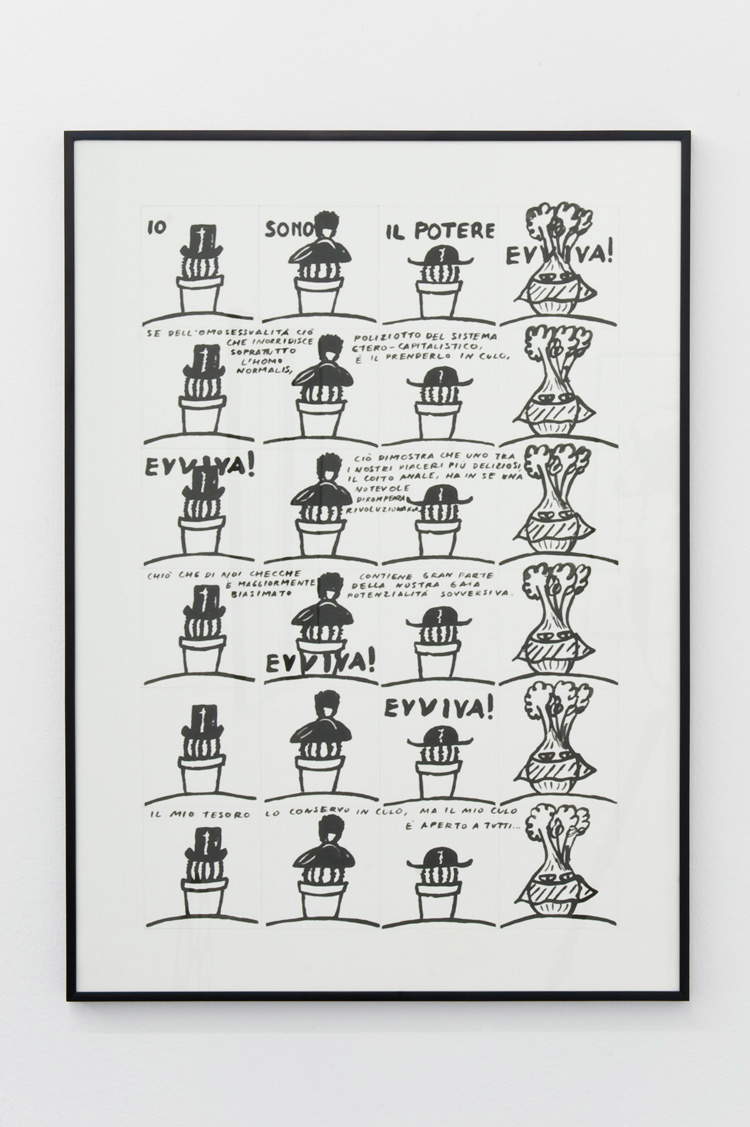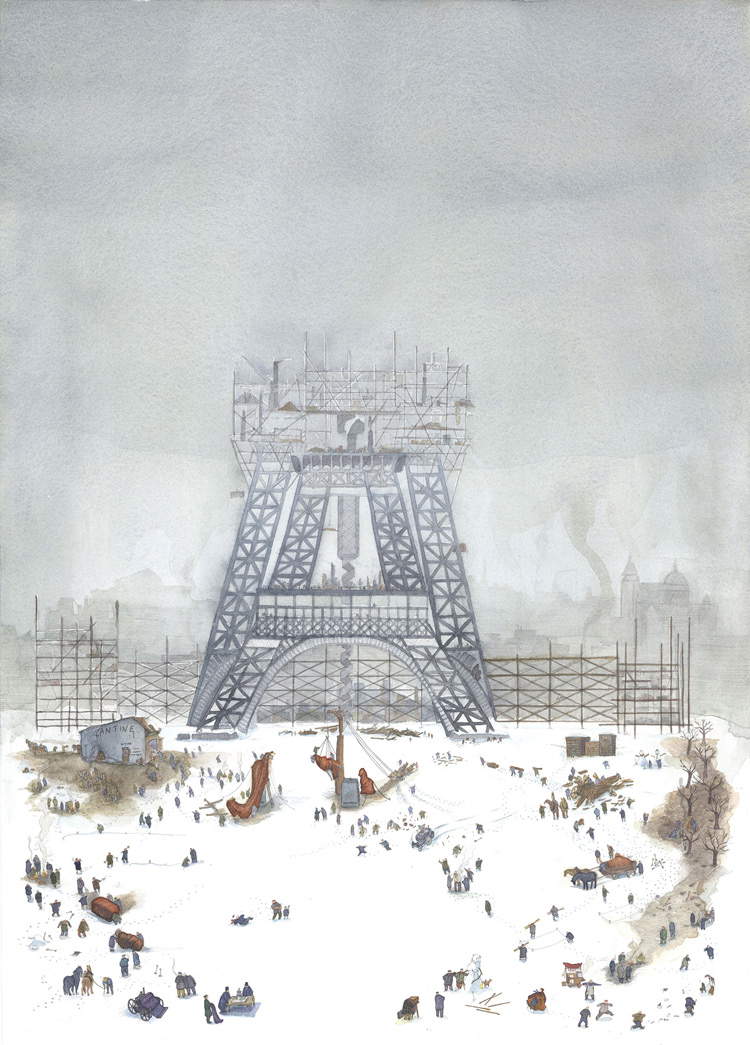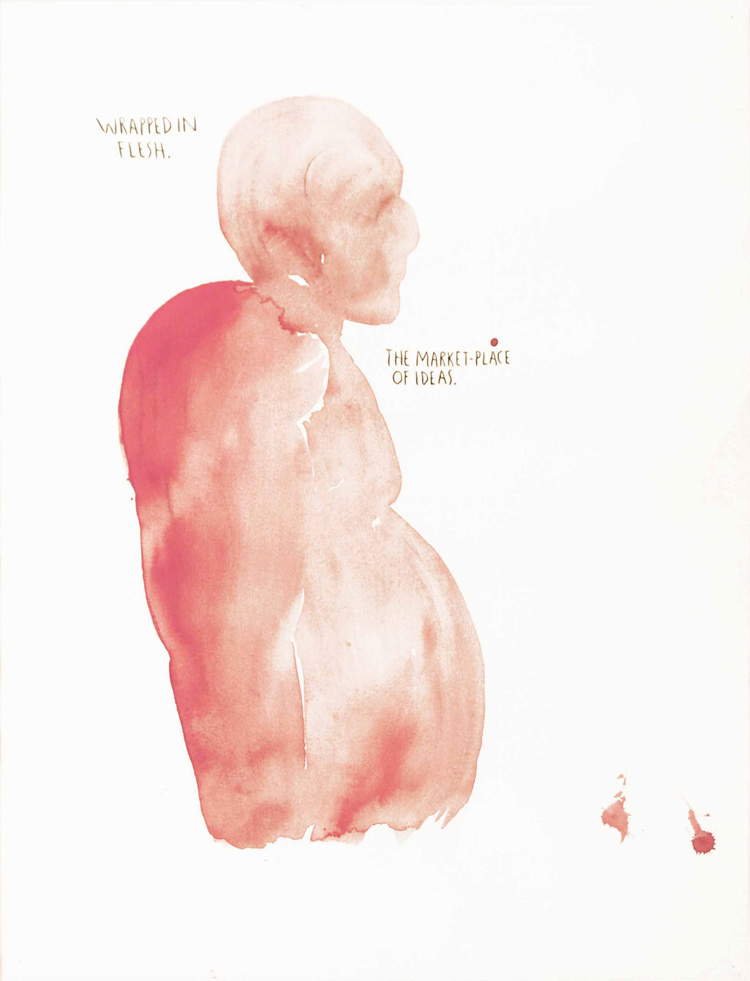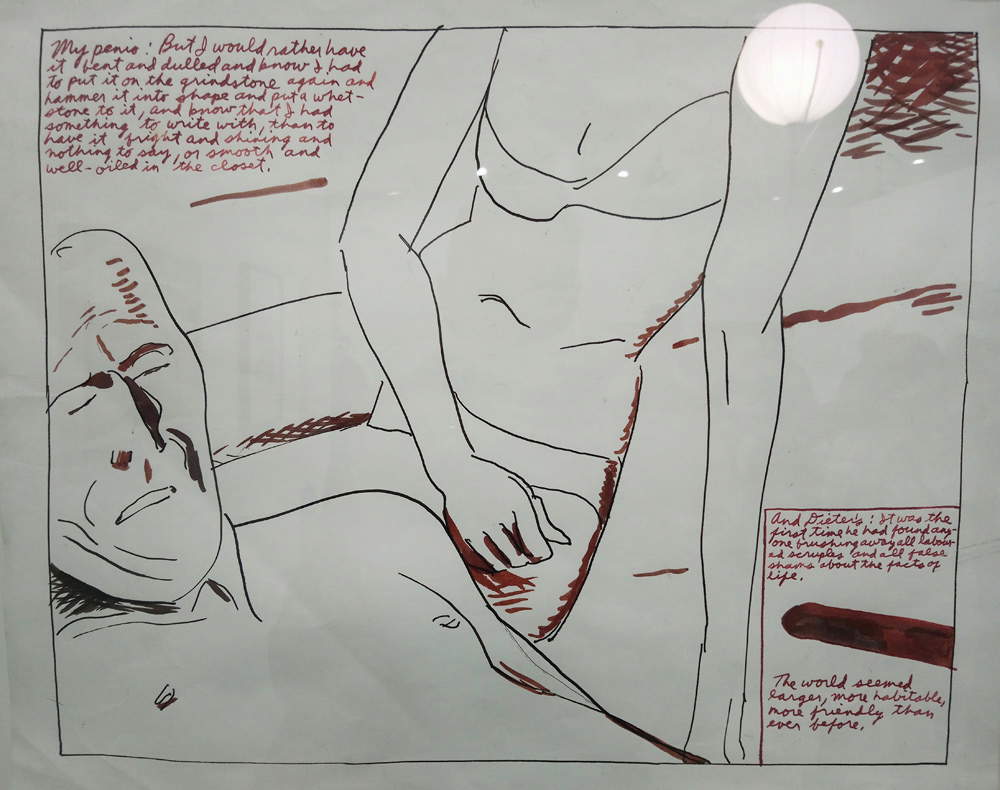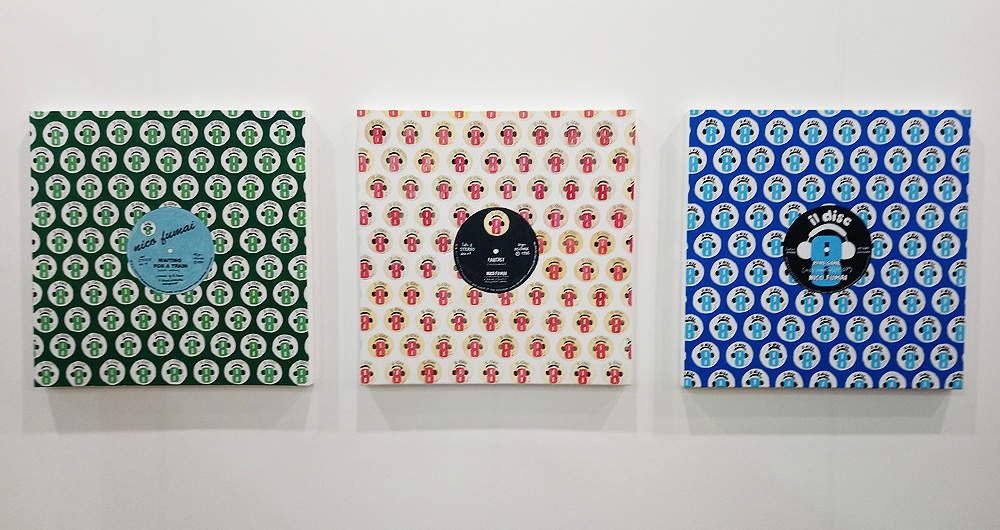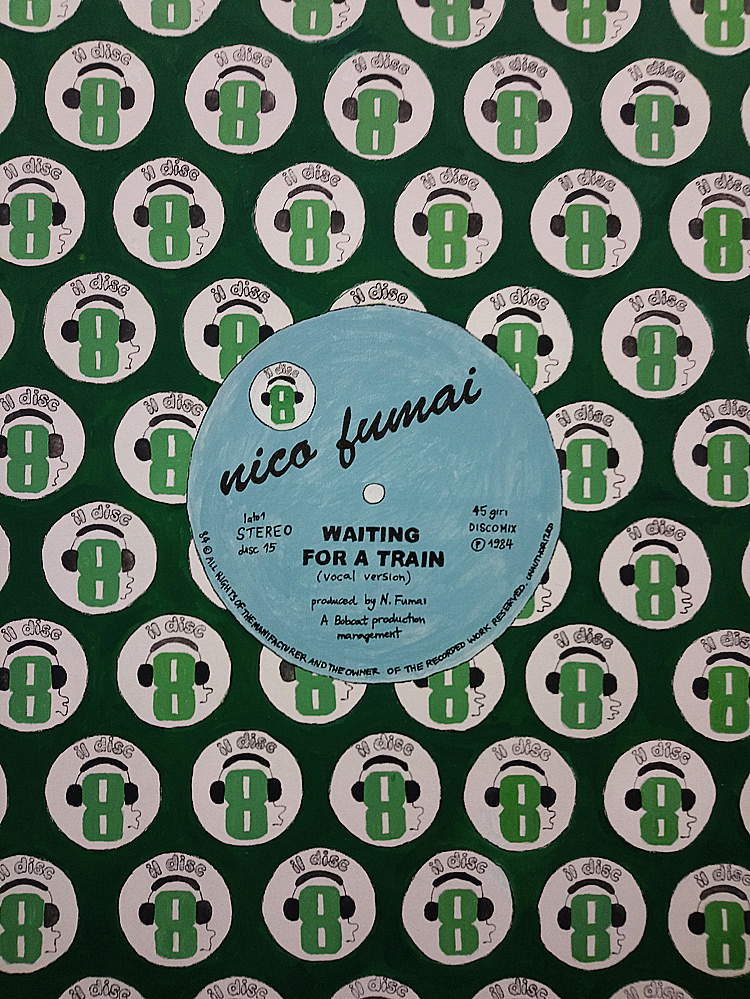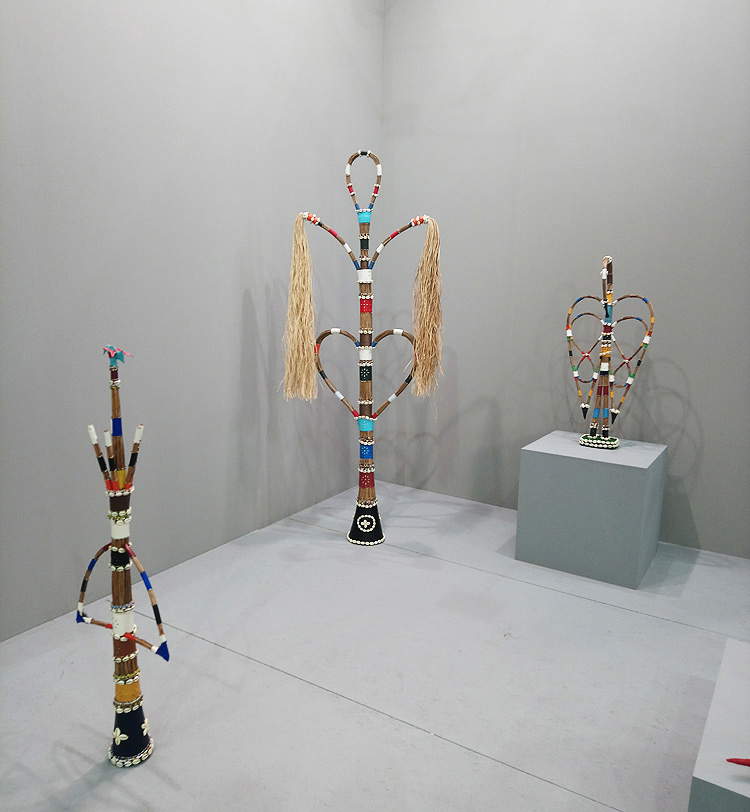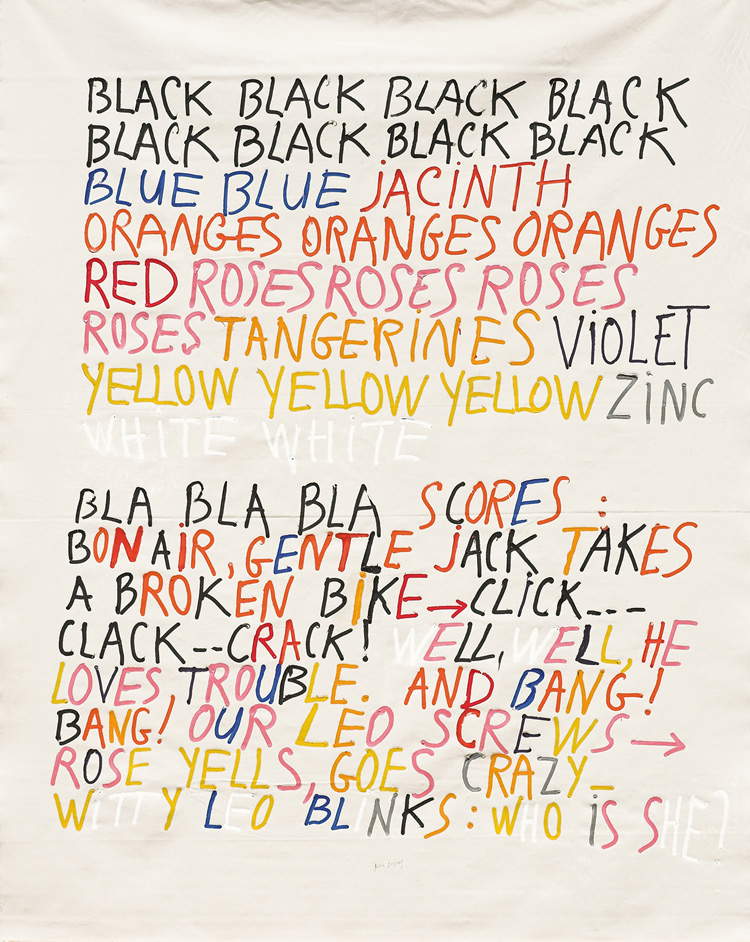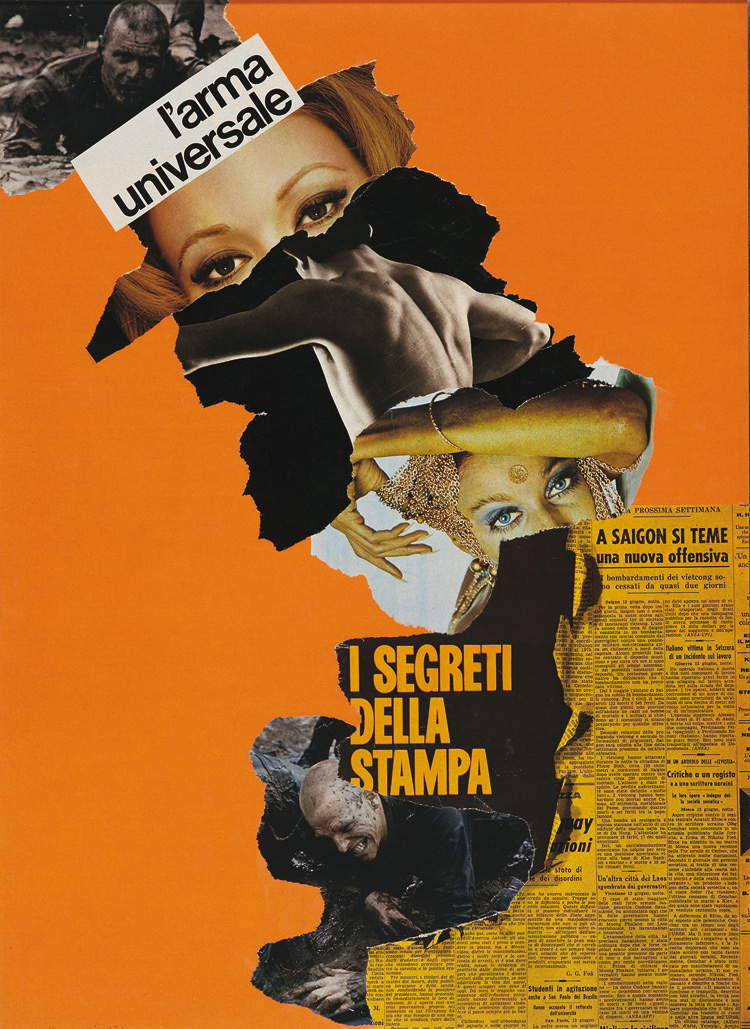by Redazione , published on 02/11/2018
Categories: News Focus
/ Disclaimer
Artissima 2018, the major contemporary art fair in Turin from November 2 to 4, kicks off, and we give you at least five good reasons (among many) to visit.
Of Artissima 2018, the important contemporary art market exhibition that, as every year, takes place in Turin and this year reaches its 25th edition, we have already given you some previews: with some general information and with an interview with Anna Daneri, curator of the Back to the future section. Finestre Sull’Arte, for the second year in a row, is in-kind media partner of Artissima: we were at the preview of the exhibition, and Artissima confirms also for 2018 its vocation as a research fair, devoted to high quality, and with rising quotations. But we want to give you at least five good reasons (among many) to urge you to visit this year’s edition, which takes place at the Oval in Turin from November 2 to 4. Here they are below.
1. The designs
There is little to discuss: the Drawings section is an almost unanimous critical and public success. This is thanks to the curators’ very apt selection: João Mourão and Luís Silva, reappointed at the helm of Drawings after the excellent result of 2017, have been busy and have brought to Turin some truly noteworthy projects. Prominent within the section are the series of Flowers by Catalan Francesc Ruiz (Barcelona, 1971), presented by García Galería, which between them discuss homosexuality and sexual liberation, the Parisian landscapes of Alexandre Singh (Bordeaux, 1980) with their Eiffel Towers-cavity corks, brought to the fair by Monitor, or even the geometries of Ignacio Uriarte (Krefeld, 1972) at the Philipp von Rosen and Galleria Gentili booth. In short: seeing what are the contemporary declinations of a practice of such ancient tradition as drawing is always a very valid reason to go to Artissima.
 |
| Francesc Ruiz, Flowers (2013; ink on paper, 70 x 50 cm) |
 |
| Alexandre Singh, TB90 (2018; watercolor on inkjet print, 70.5 x 55 cm) |
2. Raymond Pettibon’s works at the In Arco booth.
Still speaking of Drawings, one of the high points of the section, worth devoting a reason in its own right, is probably the booth of In Arco, a Turin gallery in business since 1987 that brings to Artissima 2018 the works of Raymond Pettibon (Tucson, 1957), who has made comics a refined art form, setting himself as an inspirational model not only for cartoonists, but also for many visual artists from all over the world (some of his works can also be found at MoMA in New York). Raymond Pettibon’s hardcore-punk universe is well represented by a selection of works that looks mainly at works from the 1980s and 1990s and presents them to the Turin audience for a journey of definite interest.
 |
| Raymond Pettibon, Wrapped in flesh (1990; gouache on paper, 66.5 x 51 cm) |
 |
| Raymond Pettibon, Untitled (My... ) (1992; inks on paper, 55 x 46 cm) |
3. Chiara Fumai presented by Guido Costa Projects.
And to stay on single names, one cannot fail to notice the works of Chiara Fumai (Rome, 1978 - Bari, 2017) at the Guido Costa Projects booth: shortly after the Roman artist’s passing in the summer of 2017, the Turin-based gallery had mounted the exhibition Nico Fumai: being remix, the last project Chiara had worked on. The works from that exhibition are now on display for the first time at a fair: so here are the paintings reproducing the covers of the singles of the fictitious singer “Nico Fumai,” the artist’s alter ego fishing in the history of music from the 1960s, 1970s and 1980s to create a path somewhere between reality and imagination.
 |
| Works by Chiara Fumai at the Guido Costa Projects booth. |
 |
| Chiara Fumai, Waiting for a train (2017; acrylic on canvas, 80 x 80 cm) |
4. The focus on the 1980s
Speaking of the 1980s: this year’s Artissima has a rather Eighties feel to it. It may be that the fair is twenty-five years old and has declaredly wanted to look back at its history by also going to rediscover the prodromes that led to its creation (and it is the declared intent of the Back to the future section to retrace the fifteen-year period 1980-1994: moreover, this year the section touches very high peaks, Anna Daneri has done an excellent job), but it is a fact that that decade, decisive for contemporary arts, has a strong presence at the fair. Not only in the Back to the future section: here, of particular note are the works of Jorge Eielson (Lima, 1924 - Milan, 2006) presented by Il Chiostro, those of Margaret Harrison (Wakefield, 1940) by ADN Galería, and the very special Almeida and Dale booth with works by Mestre Didi (Salvador, 1917 - 2013). But also throughout the fair: one of the works that aroused the most public interest, the romantic Who is she by Jean Dupuy (Moulins, 1925), presented by the Loevenbruck Gallery, is Ottantian, but Ottantian are many of the most interesting works scattered throughout the fair that allow us to retrace some interesting pieces of art history of recent years.
 |
| Mestre Didi’s works at the Almeida and Dale booth. |
 |
| Jean Dupuy, Who is she (1981; acrylic on canvas, 195 x 155 cm) |
5. History
Yes, the history: Artissima also manages to outline a good history of the art of recent decades thanks to the historic galleries that each year bring works by major artists from the 1950s onward to the show. Visiting Artissima, then, always means taking a journey through the great art of recent times. Arte Povera at Galleria de’ Foscherari, the works of Gruppo 70 (Lucia Marcucci, Lamberto Pignotti, Nanni Balestrini and others) at Frittelli, the 1960s (from Turcato to Perilli, from Angeli to Tacchi) at Galleria Tega, Spatialism at Mazzoleni. It is almost like entering a large exhibition.
 |
| Cesare Tacchi, Painting for a Happy Couple (1965; ink on padded fabric and nails on board, 100 x 120 x 10 cm) |
 |
| Lucia Marcucci, The Secrets of Printing (1971; collage on cardboard, 66 x 48 cm) |
Warning: the translation into English of the original Italian article was created using automatic tools.
We undertake to review all articles, but we do not guarantee the total absence of inaccuracies in the translation due to the program. You can
find the original by clicking on the ITA button. If you find any mistake,please contact us.
